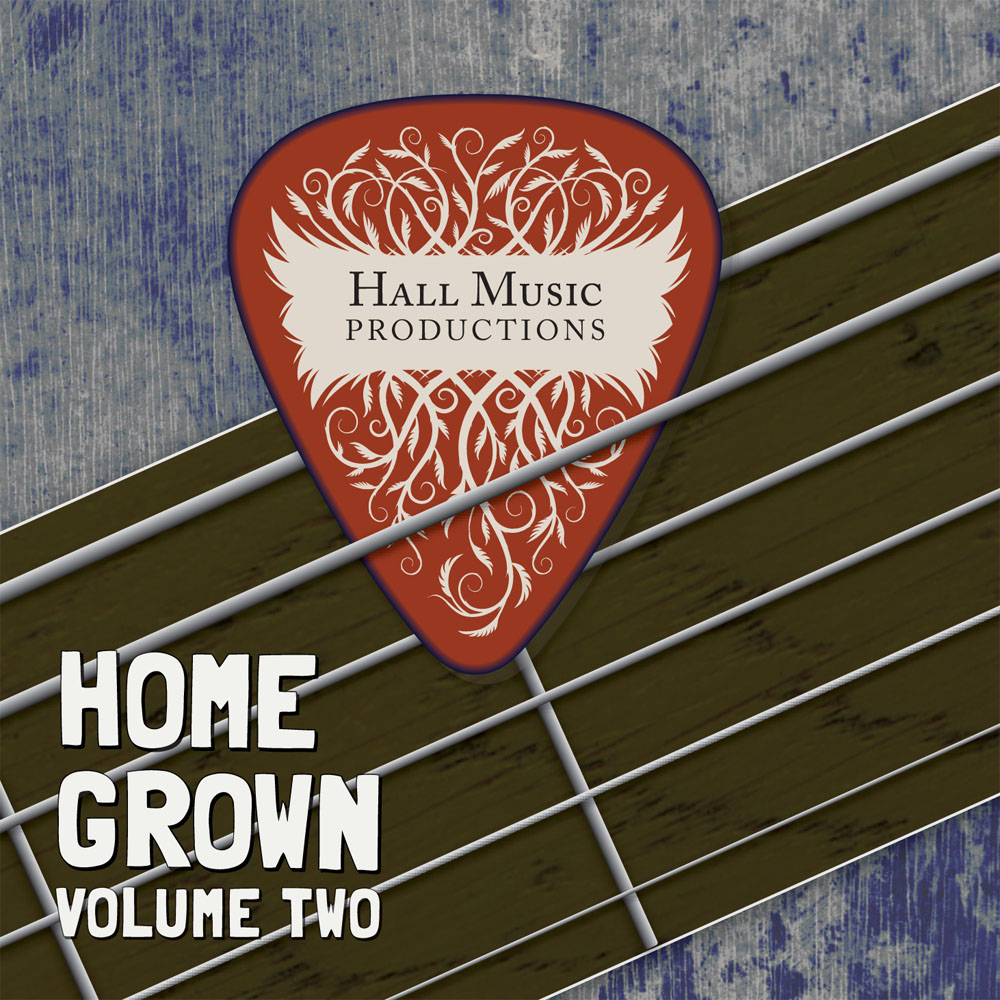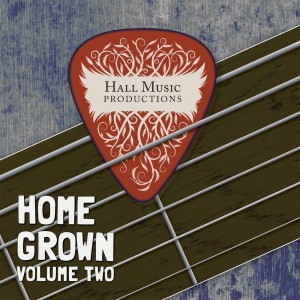Unlock Your Child’s Musical Superpower: How to Train Their Ears Like a Pro
As a parent, you want the best for your child—especially when it comes to unlocking their potential. Imagine your child listening to a song and instantly playing it on the piano or guitar, with ears sharper than most professional musicians! I helped my son achieve this by age 7, and you can do the same for your child. Here’s how.
Why Ear Training Matters for Kids
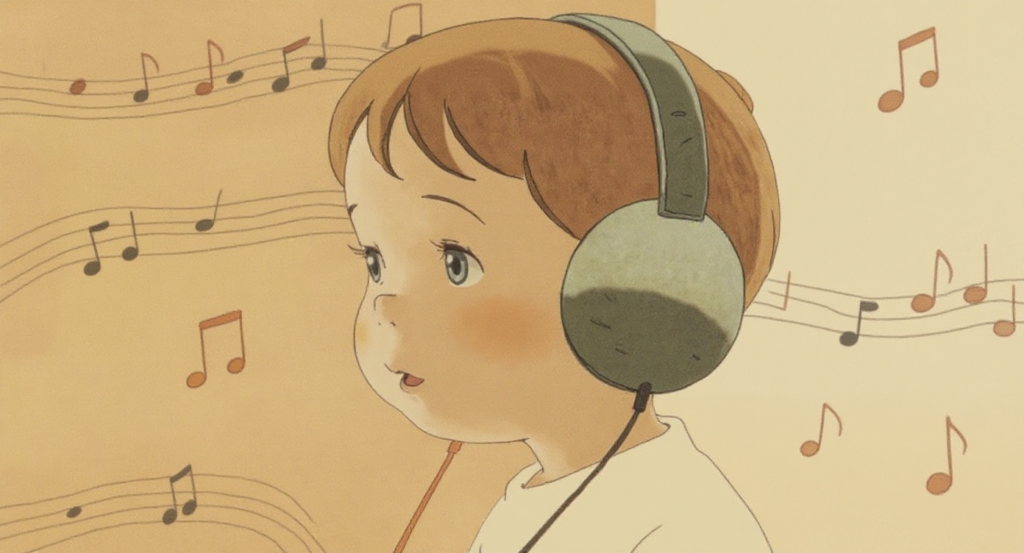
Ear training isn’t just for aspiring musicians—it’s a life skill that boosts creativity, focus, and confidence. Kids with trained ears can hear a melody and recreate it, making music fun and intuitive. Research shows kids aged 5–12 are in a critical learning window for musical skills (Journal of Music Education, 2023). After this, learning becomes harder. Start now, and your child could develop perfect pitch.
Ready to give your child a musical edge? Keep reading to learn the simple, low-stress method I used.
My Journey: From Skeptic to Ear-Training Believer
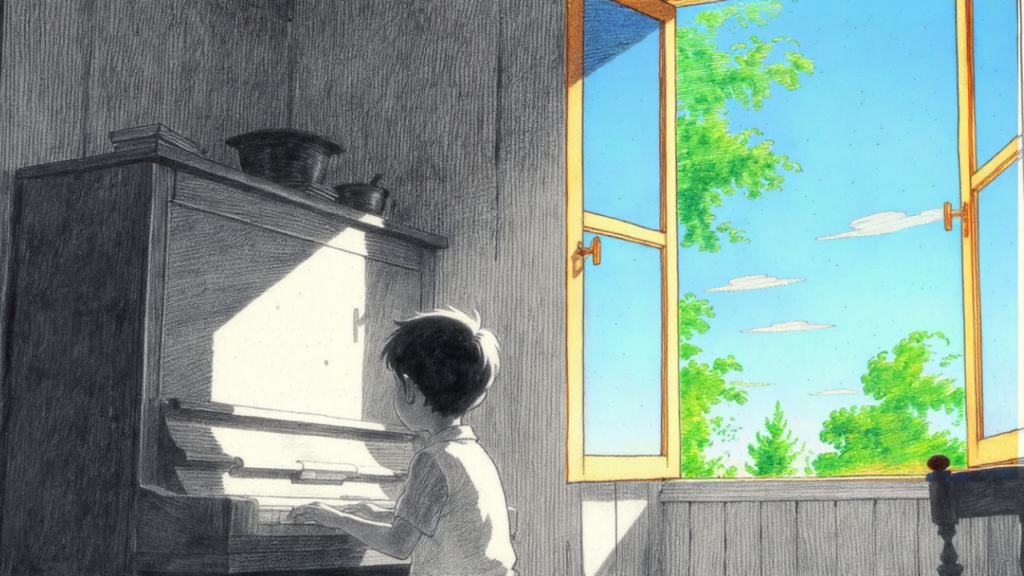
I didn’t start playing music until 2nd grade. My parents “forced” me into piano lessons (sound familiar?), and my dad tried to make me practice. I enjoyed some of the songs, quickly learned how to read(it’s not that complicated). I’d hear music in the car, on the bus and at church but the idea of listening to music and recreating it never came up until one summer in San Antonio.
My cousin Ryan mentioned a kid at his school who could hear a song and figure out how to play it. “Impossible!” I thought. My teachers never mentioned this was possible—sheet music was all we used! But that moment planted a seed.
Fast forward to 8th grade. I picked up my dad’s guitar, armed with Guitar World magazines and radio tapes. I’d record songs, rewind, and figure them out note by note. It was slow, but I was hooked. Then, a teacher blew my mind. I asked to learn Margaritaville, and he wrote it out from memory.
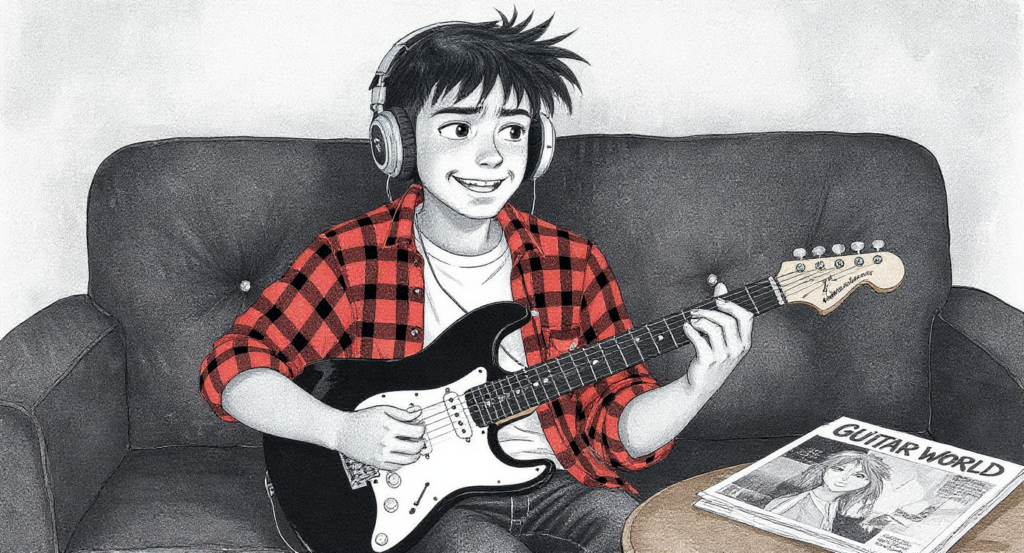
I was dumbfounded, I asked him ‘How did you do that?’
He smugly replied, ‘Oh I have perfect pitch’.
I naively responded, ‘What is that?’
‘I can listen to something and figure out what it is.’, he quipped.
Irritated I clarified, ‘So you mean to tell me that you can just listen to something and figure it out? I don’t have to read it from music or tabs?’
‘Yes’ he responded.
I exclaimed, ‘Why didn’t you tell me that?!’
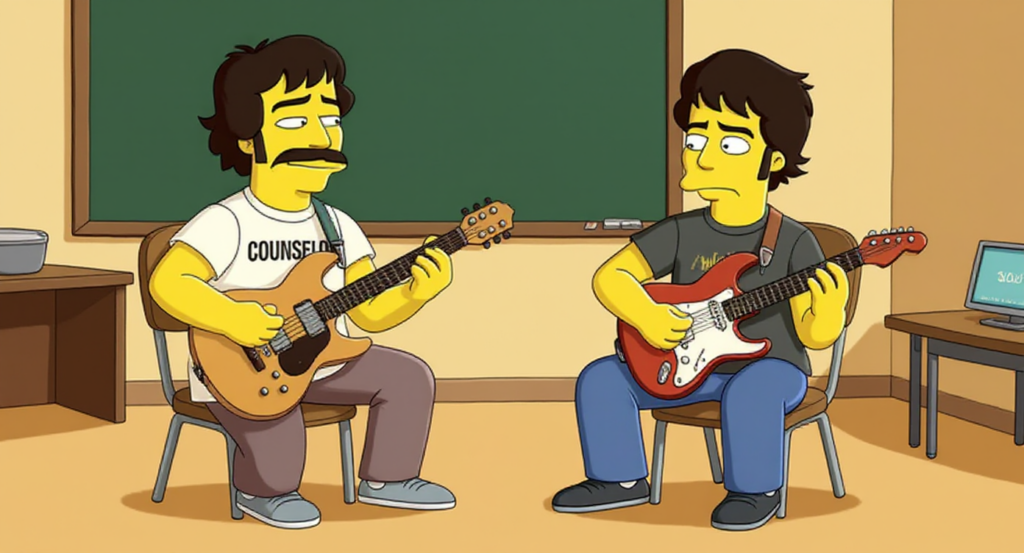
The funny thing about this memory is the ‘you’ in this instance I took to mean ‘ANYBODY’, but the teacher meant that he alone had this great power and I didn’t.
I couldn’t believe it! Why wouldn’t any of my teachers tell me something as simple as ‘LISTEN’ to the music and figure it out? The idea made so much sense.
So I went home and spent countless hours listening and figuring out music that I was interested in one note at a time. By 15, I was transcribing solos, but I realized something critical: I’d missed the prime learning window (ages 5–12). My ear was good, but it could’ve been great if I’d started earlier.
The Problem with Traditional Music Lessons
Most music lessons focus on reading sheet music or tabs, not listening. This is a huge gap. Kids naturally learn language by listening—music should be the same. Traditional lessons often miss the critical 5–12 age window when kids’ brains are wired to absorb musical patterns effortlessly (Child Development Studies, 2022).
I founded a music school in Southlake, TX after graduating from the University of North Texas with a Jazz Guitar degree. After 20 years of teaching music lessons in Southlake, I saw the same issue: students weren’t taught to listen. Even my own ear training, developed through trial and error, was “slow and fuzzy.” I wanted better for my kids and my students.
How I Trained My Son’s Ears—and How You Can Too
In 2020, during my son’s 1st-grade virtual schooling(thanks Covid), I decided to train his ears daily. I wasn’t sure how well it would work, the results I still can’t believe.
Within nine months, he went from recognizing four notes (C, D, E, F) to identifying every note in an octave, then on any instrument, and even complex chords. Now, he listens to Bach’s 371 Chorale Harmonies and names 3–4 note chords with ease. His ears are sharper than any musician I’ve met, and all it took was low-stress, consistent practice.
Here’s the secret: short, daily ear-training sessions during the 5–12 age window. Think of it like brushing teeth—5 minutes a day builds lifelong skills. Here’s how you can replicate this at home.
Step 1: Start with an App Like Pitchcraft.me
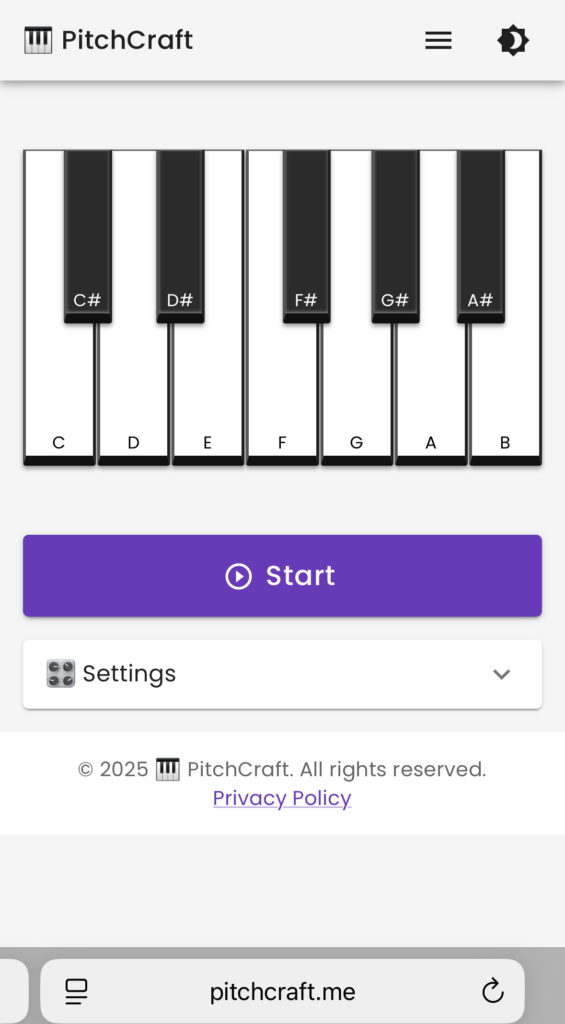
I helped develop Pitchcraft, an ear-training app based on my method. It’s simple: kids listen to notes or chords and identify them, like a game. My son used it daily, and I even improved my own ear 10x using it. Four teenage students developed perfect pitch, but younger kids progress faster.
(Visit Pitchcraft.me today and have your child play for 5 minutes daily. It’s fun, mobile-friendly, and effective!)
Step 2: Make It a Daily Habit
Consistency is key. Kids need short bursts of practice (5–10 minutes) daily, not an hour once a week. The brain learns better with spaced repetition (Learning & Memory Journal, 2024). Set a reminder on your phone for a quick session each morning.
(Schedule 5 minutes each morning for ear training. Use Pitchcraft or play notes on a piano and have your child name them.)
Step 3: Discover Music They Love
Kids learn best when they’re excited. Share songs you love, watch movies with great soundtracks, or ask family members for favorites. When they find music they connect with, they’ll want to recreate it.
(Create a family playlist in iTunes or Spotify, each time your child shows interest add it!)
Step 4: Work with an Instructor
An instructor can guide, correct, and motivate. Playing in person is critical for learning to play with other people, this is impossible to do online! I use a modern lesson plan that takes advantage of technology and closely mirrors what I did with my own son at home.
- Monday–Tuesday: 15-minute FaceTime (Ear Training, Copy Cat, New Song Idea)
- Wednesday: 30-minute in-person lesson (Ear Training, Copy Cat, Repertoire, Duet)
- Thursday: 10-minute FaceTime (Ear Training, Copy Cat)
- Friday–Sunday: At home (5 minutes on Pitchcraft, practice songs, discover music)
This plan requires only 3 days of at-home practice, with 5 minutes on the app and a reminder to “play your songs.” The rest of the time should be spent discovering music that they are excited about. The entire approach should strive to be stress free, kids learn better that way.
Action! Find a local music teacher or contact my school for virtual lessons. Ask about ear-training focus!
Why Start Now?
The 5–12 age window is critical. After that, ear training takes more effort (Cognitive Science Review, 2023). My son’s ears outpaced mine because we started him young. Your child can achieve the same with small, consistent steps.
Imagine your child playing their favorite song by ear, beaming with pride! That’s the magic of ear training. It’s not about forcing practice—it’s about making music intuitive and joyful.
Take the First Step Today
You don’t need musical skills to help your child succeed. Start with these simple actions:
- Pitchcraft.me try 5 minutes of ear training today.
- Find a teacher who emphasizes ear training (or contact me for virtual options).
- Build a family playlist to spark your child’s love for music.
Your child’s musical superpower is waiting. Take the first step now, and in a few months, you’ll be amazed at what they can do!
Have questions? Reply below or DM me – I’d love to help your child unlock their musical potential!
David Hall
david@hallmusicproductions.com
817.899.7499
Hall Music Productions
600 E Southlake Blvd #200
Southlake, TX 76092

